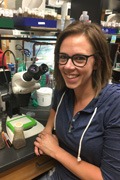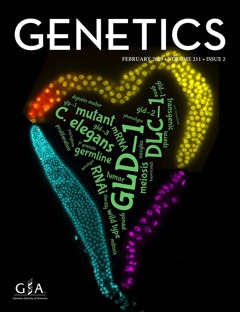Sanger sequencing – a hands-on simulation
Author(s):
Jared Young
Overview:
This hands-on simulation teaches the Sanger (dideoxy) method of DNA sequencing. In the process of carrying out the exercise, students also confront DNA synthesis, especially as it relates to chemical structure, and the stochastic nature of biological processes. The exercise is designed for an introductory undergraduate genetics course for biology majors. The exercise can be completed in around 90-minutes, which can be broken up into a 50-minute period for the simulation and a follow-up 50-minute (or less) period for discussion. This follow-up could also take place in a Teaching Assistant (TA) led section. The exercise involves interactions between student pairs and the entire class. There is an accompanying student handout with prompts that should be invoked where indicated in these instructions.
Genetics Concept(s) Addressed:
What are the molecular components and mechanisms necessary to preserve and duplicate an organism’s genome?
What experimental methods are commonly used to analyze gene structure, gene expression, gene function, and genetic variants?
Core Competencies Addressed:
Students should be able to locate, read, and comprehend primary literature research papers on genetics topics.
Students should be able to gather and evaluate experimental evidence, including qualitative and quantitative data.
Students should be able to generate and interpret graphs displaying experimental results.
Students should be able to critique large data sets and use bioinformatics to assess genetics data.
Audience:
Undergraduate
Activity Type:
In-Class/Lecture Exercise
Activity Length:
1 class period
Keywords:
Sanger sequencing, dideoxy sequencing, DNA sequencing
Citation:
Young, J. (2018). Sanger sequencing – a hands-on simulation. Genetics Society of America Peer-Reviewed Education Portal (GSA PREP); 2018. 003; doi: 10.1534/gsaprep.2018.003
Young 2017 Background and Guidelines for Instructor



